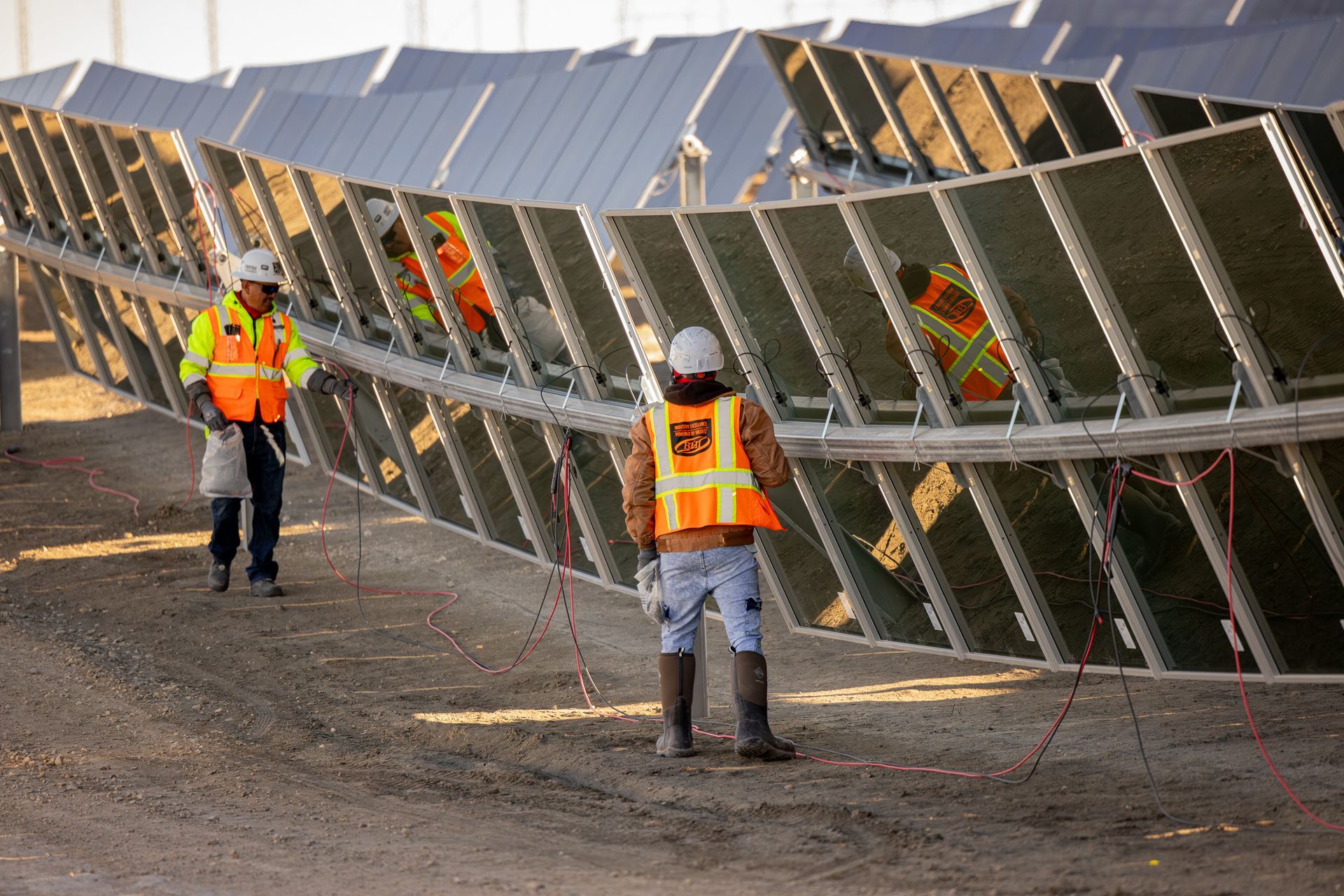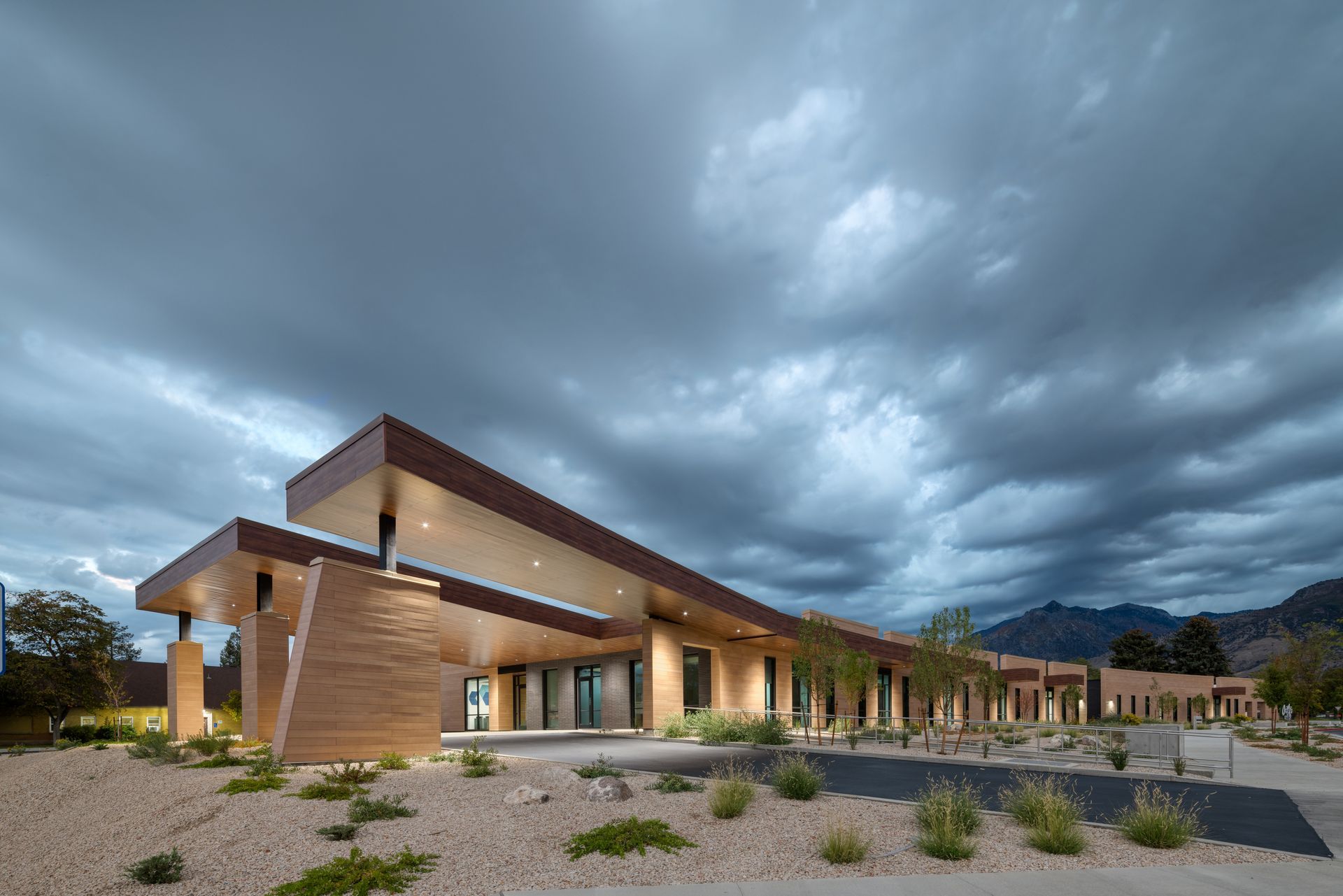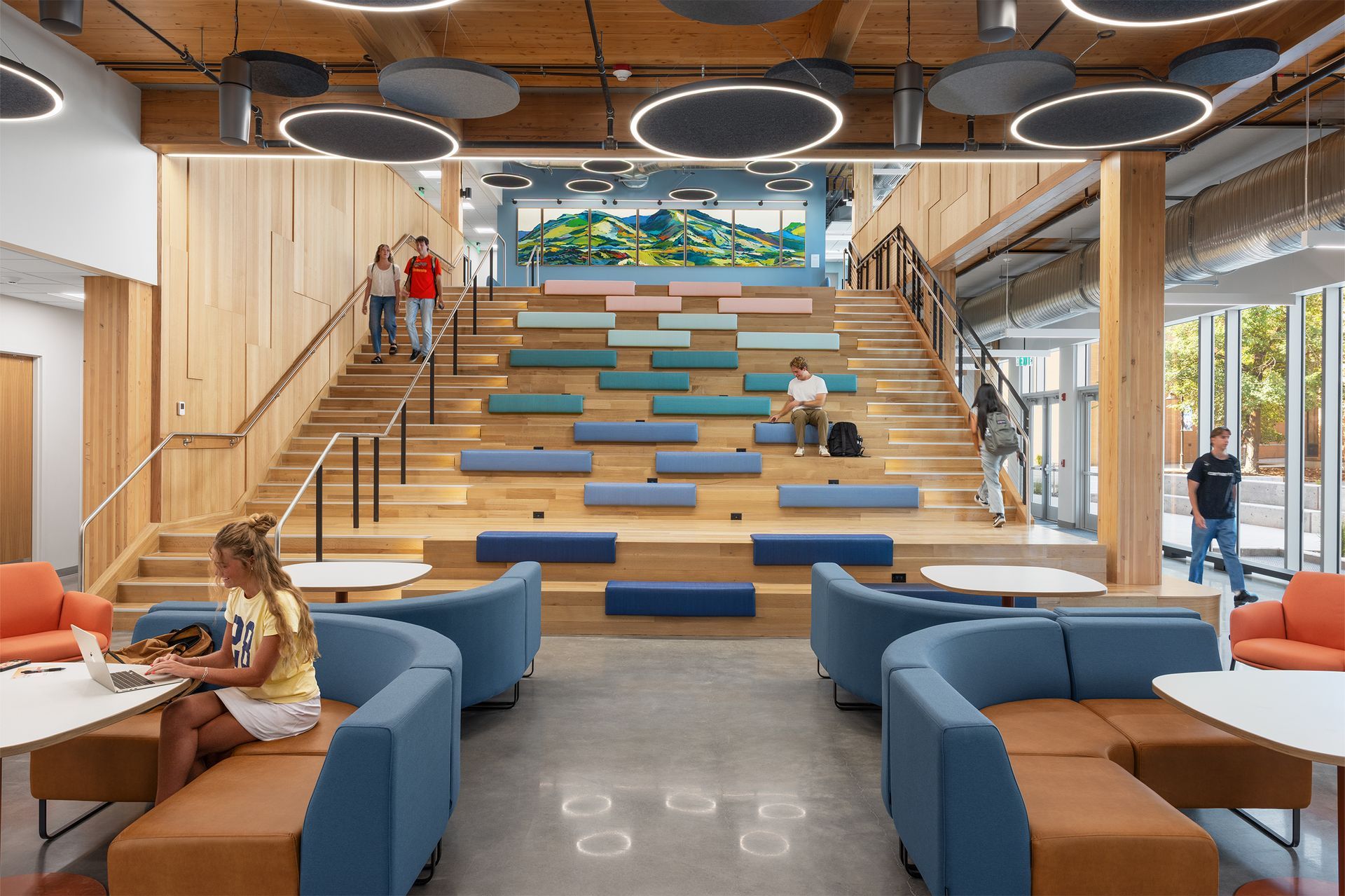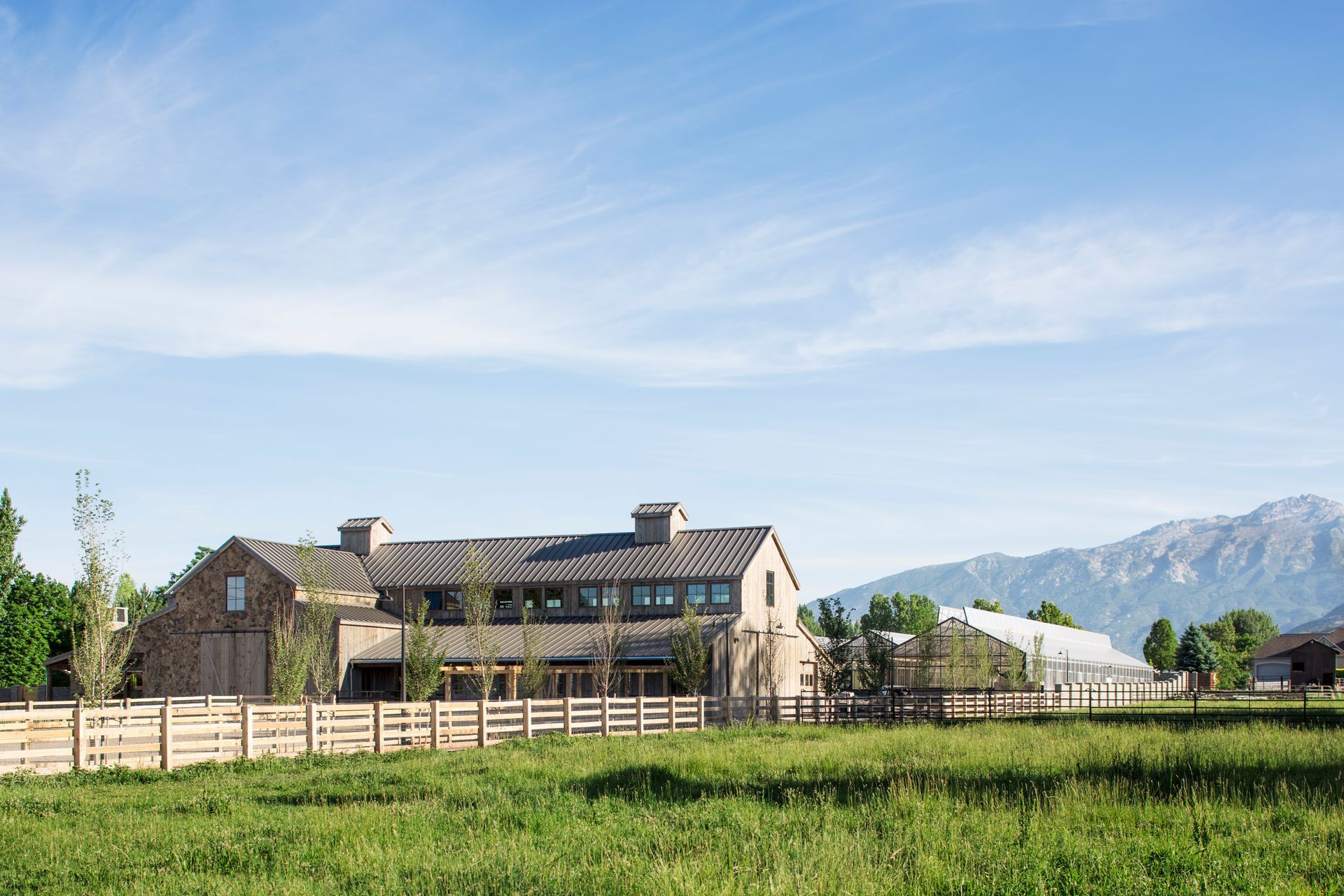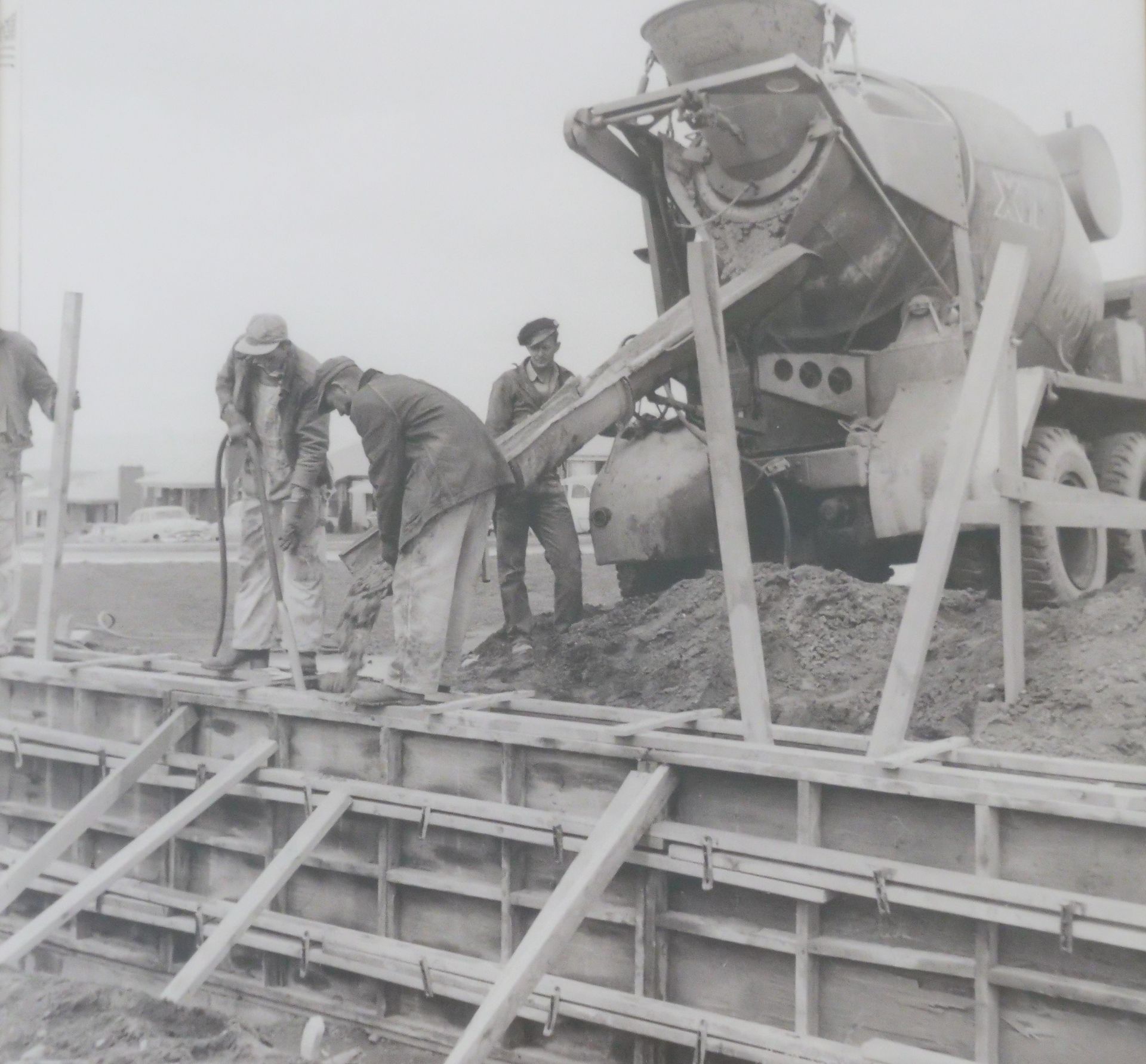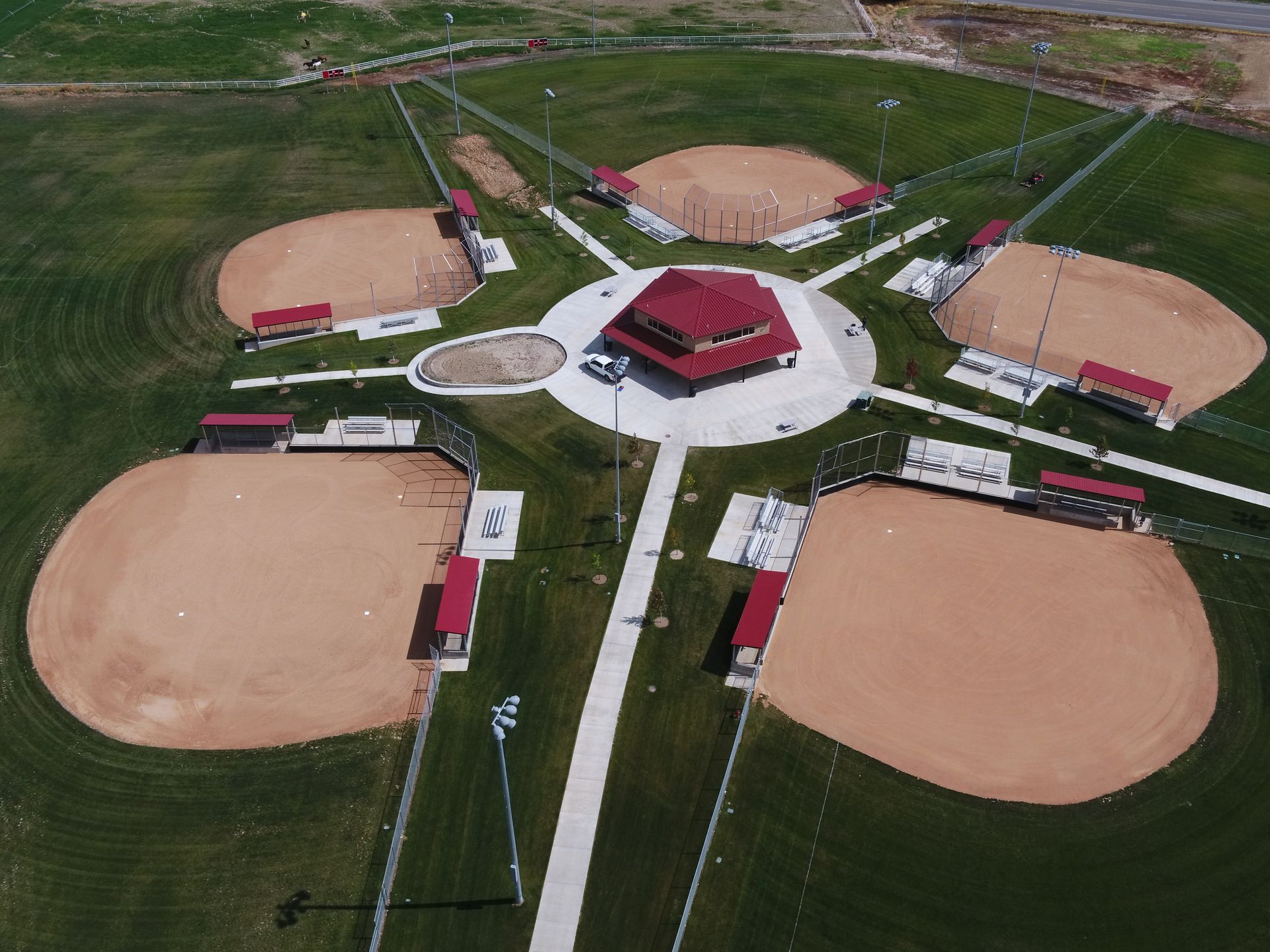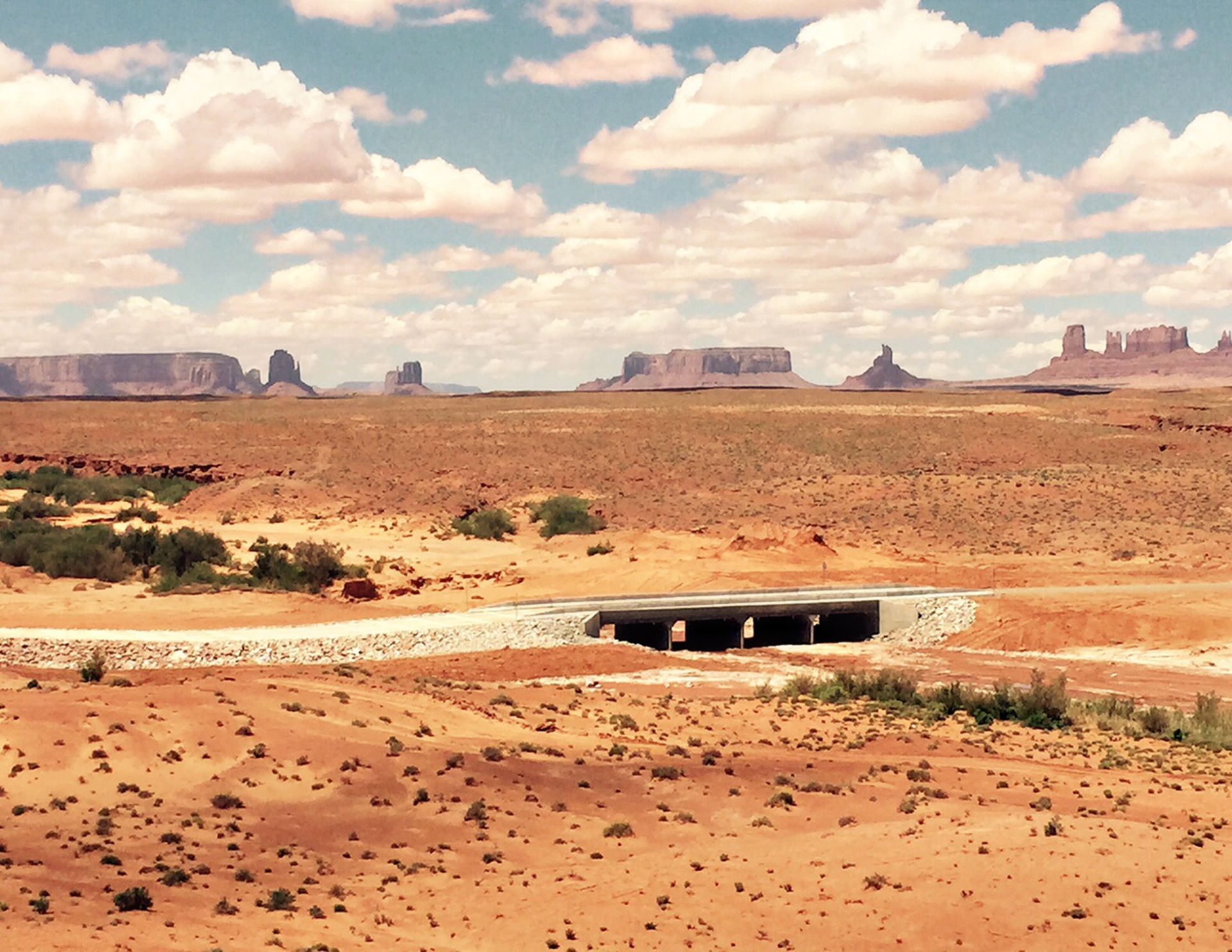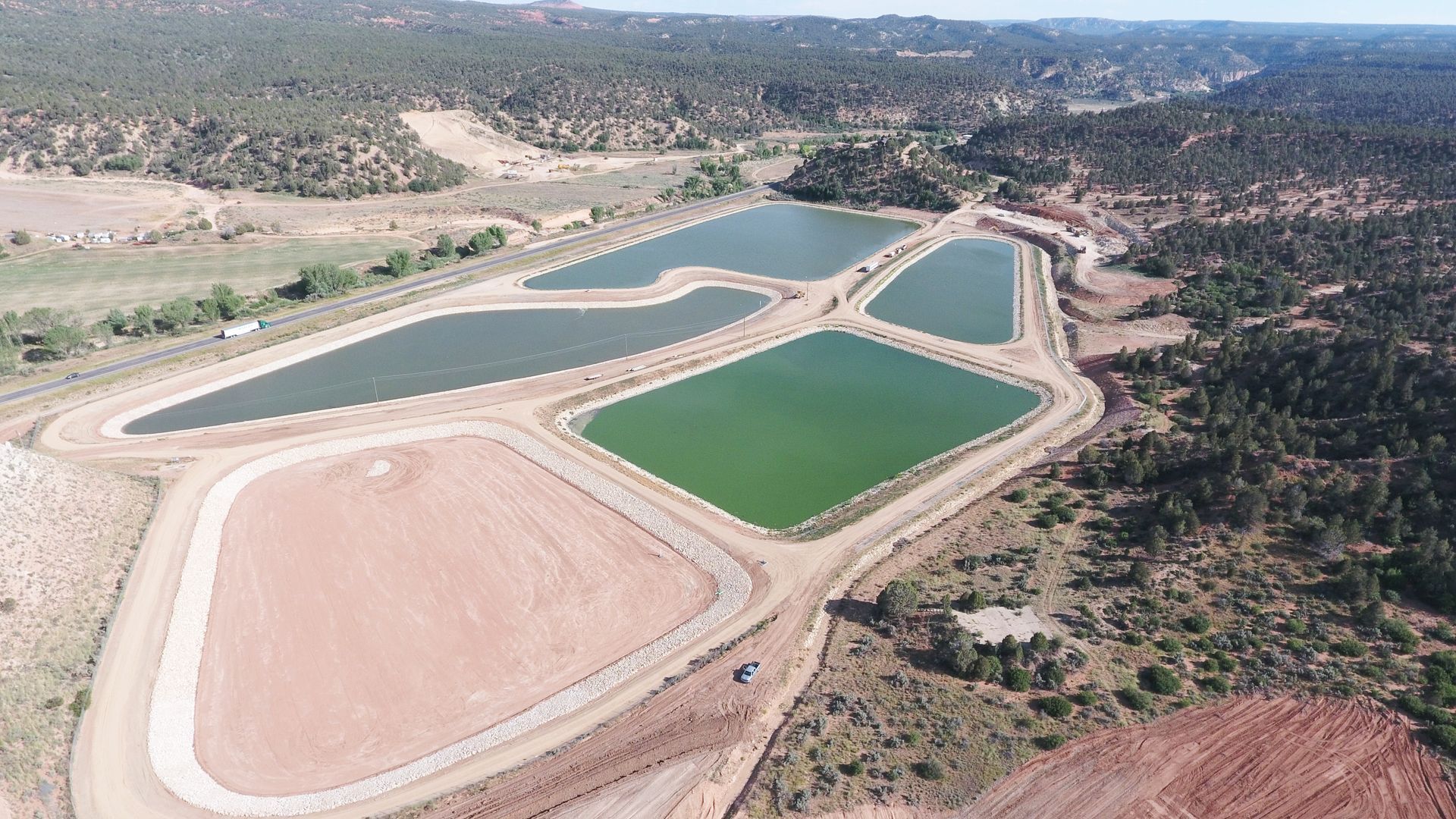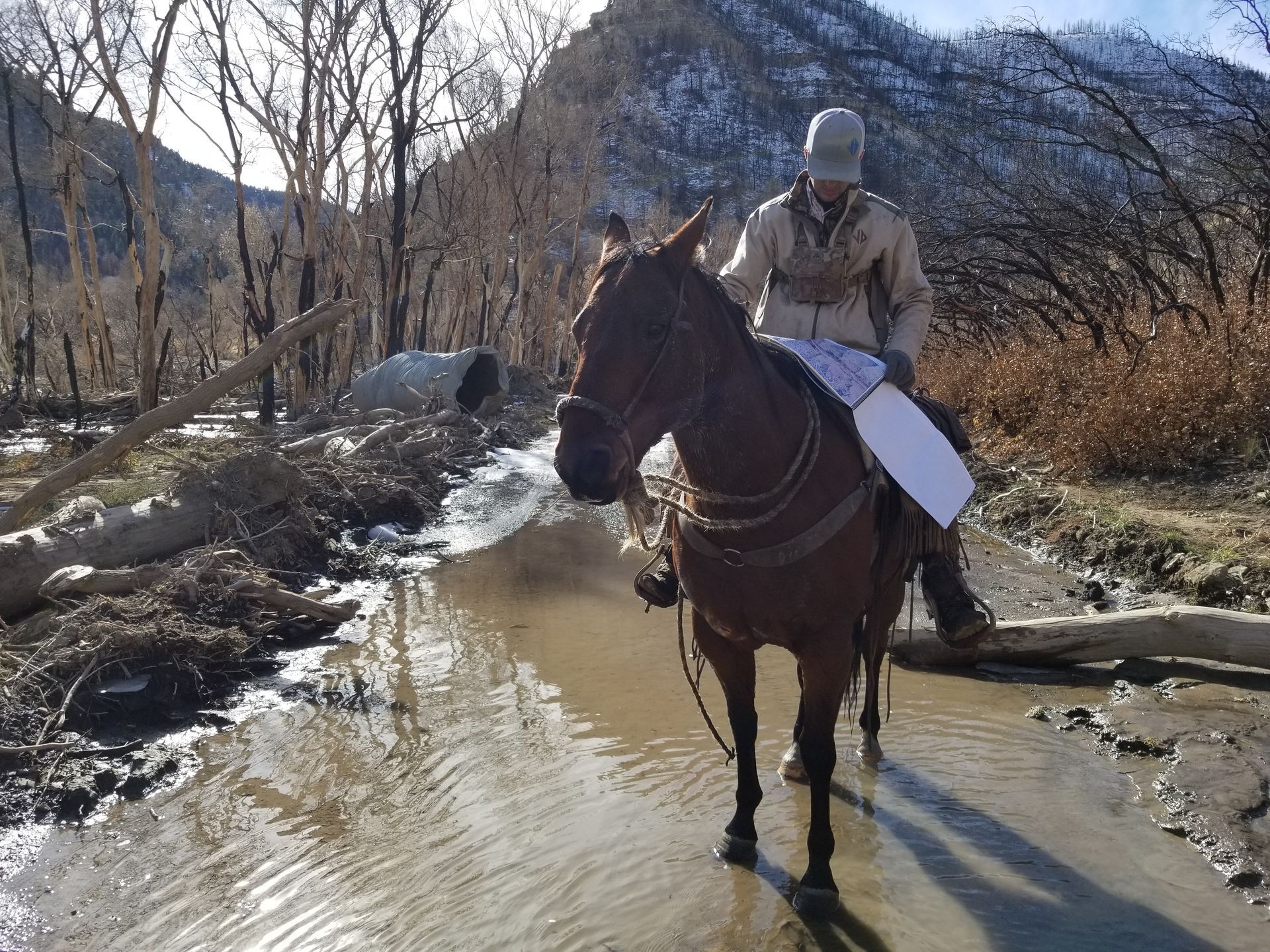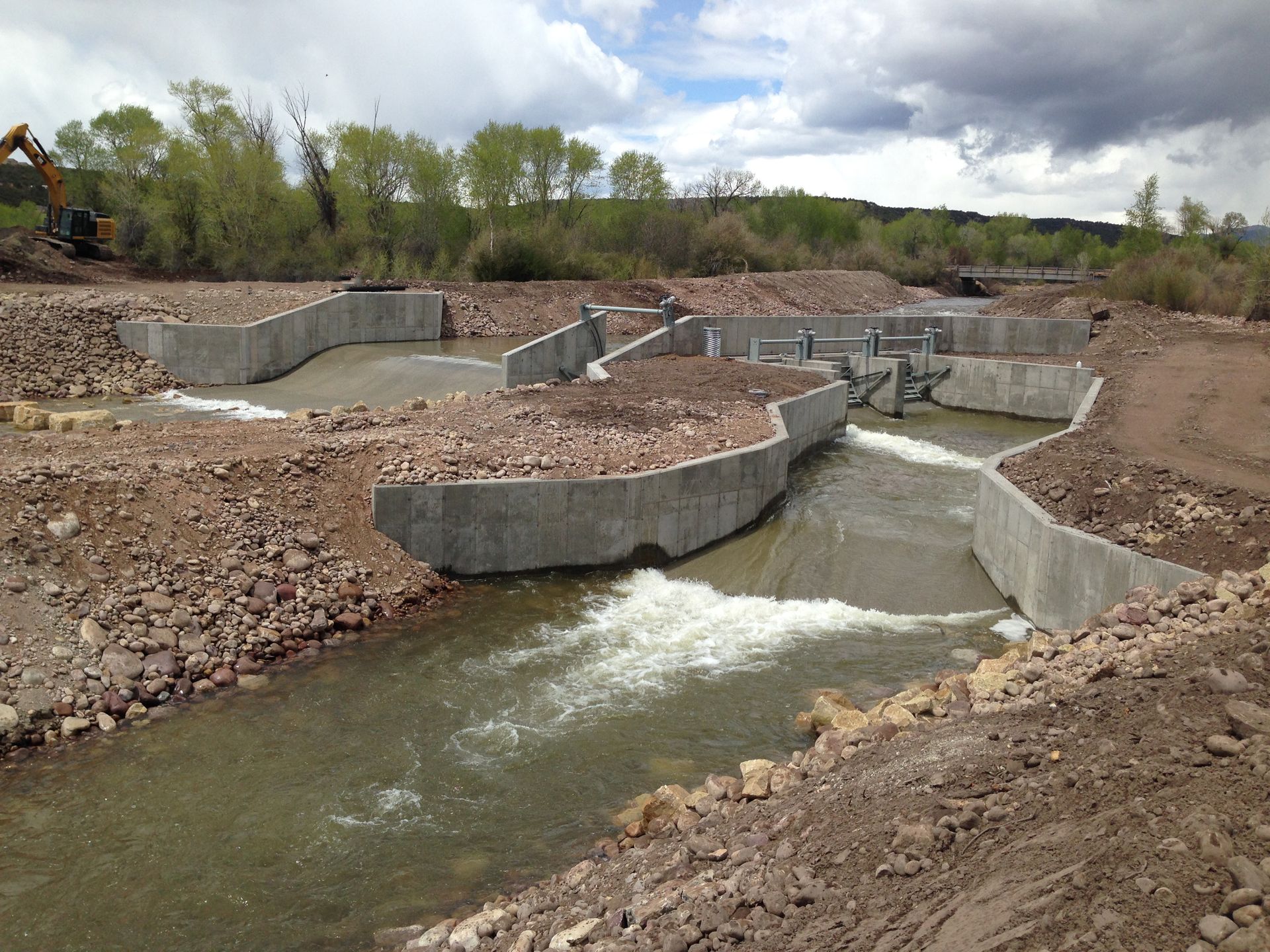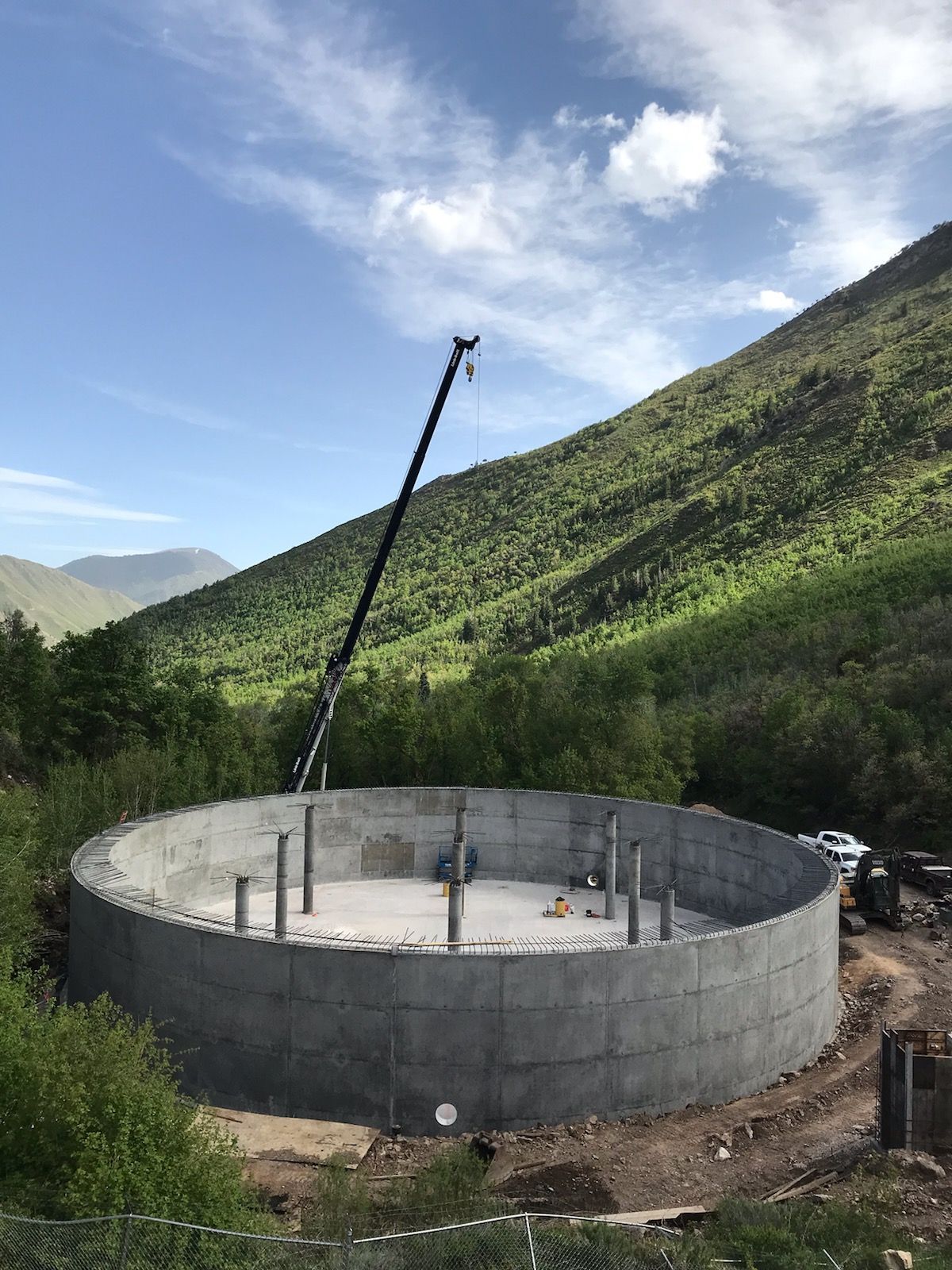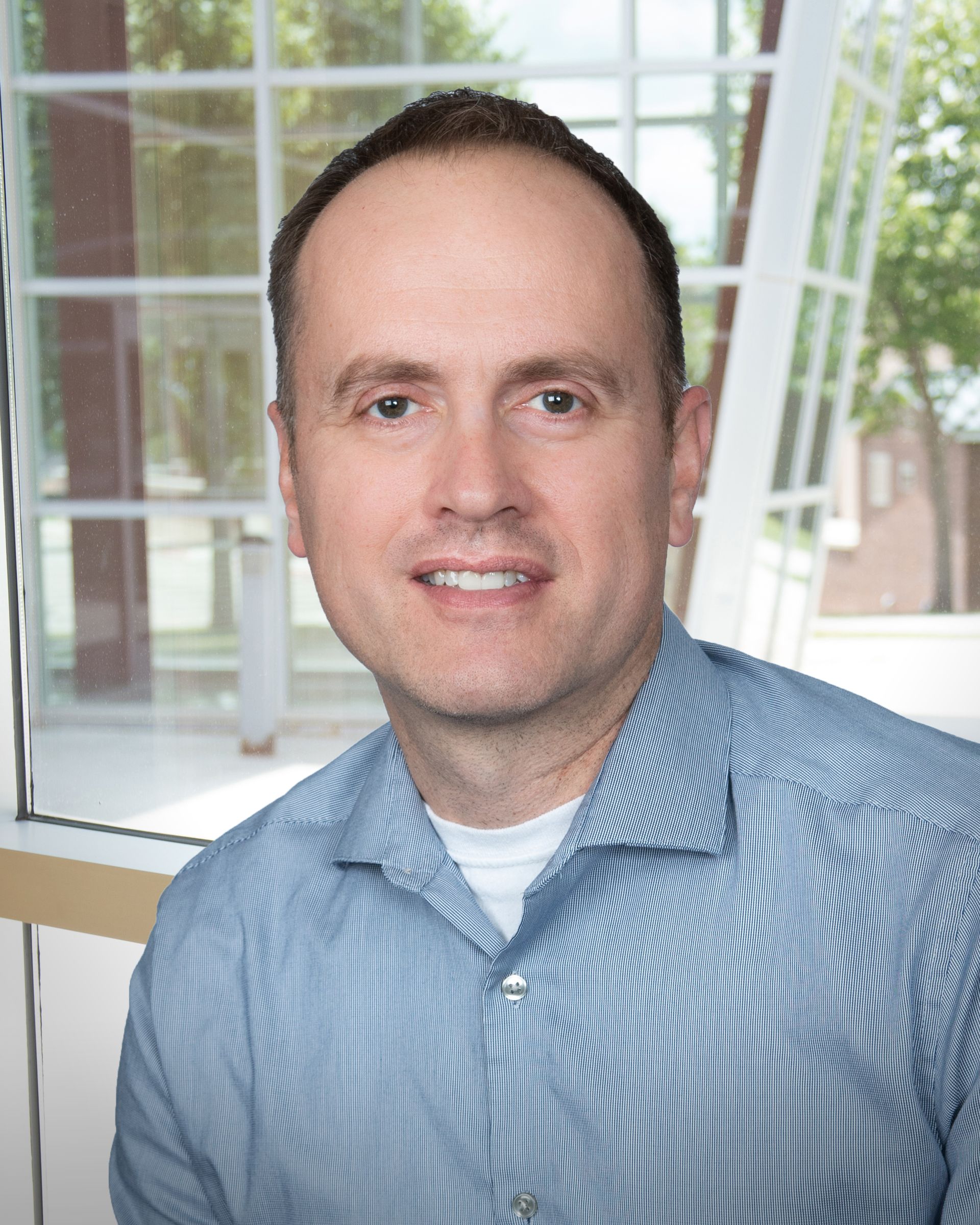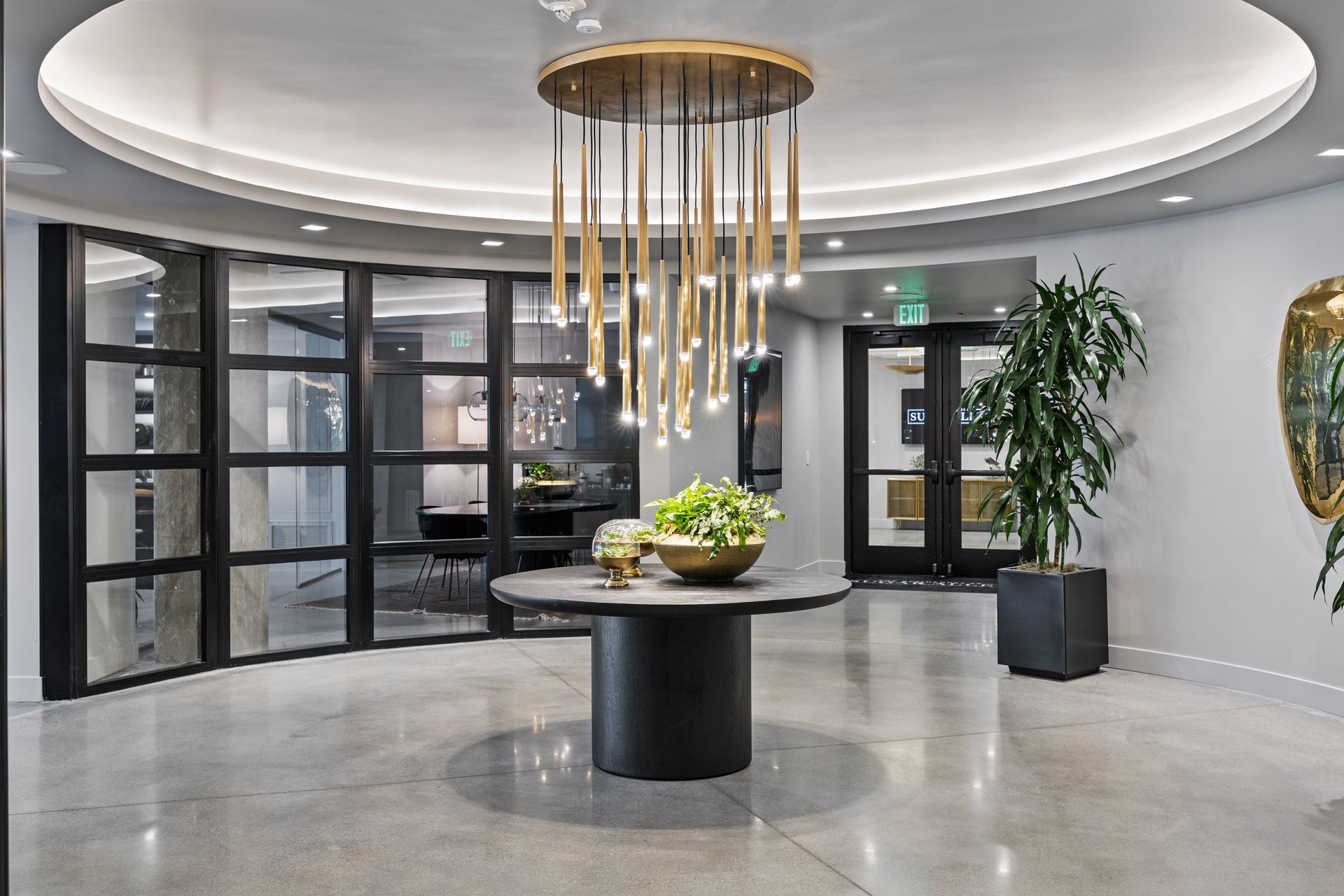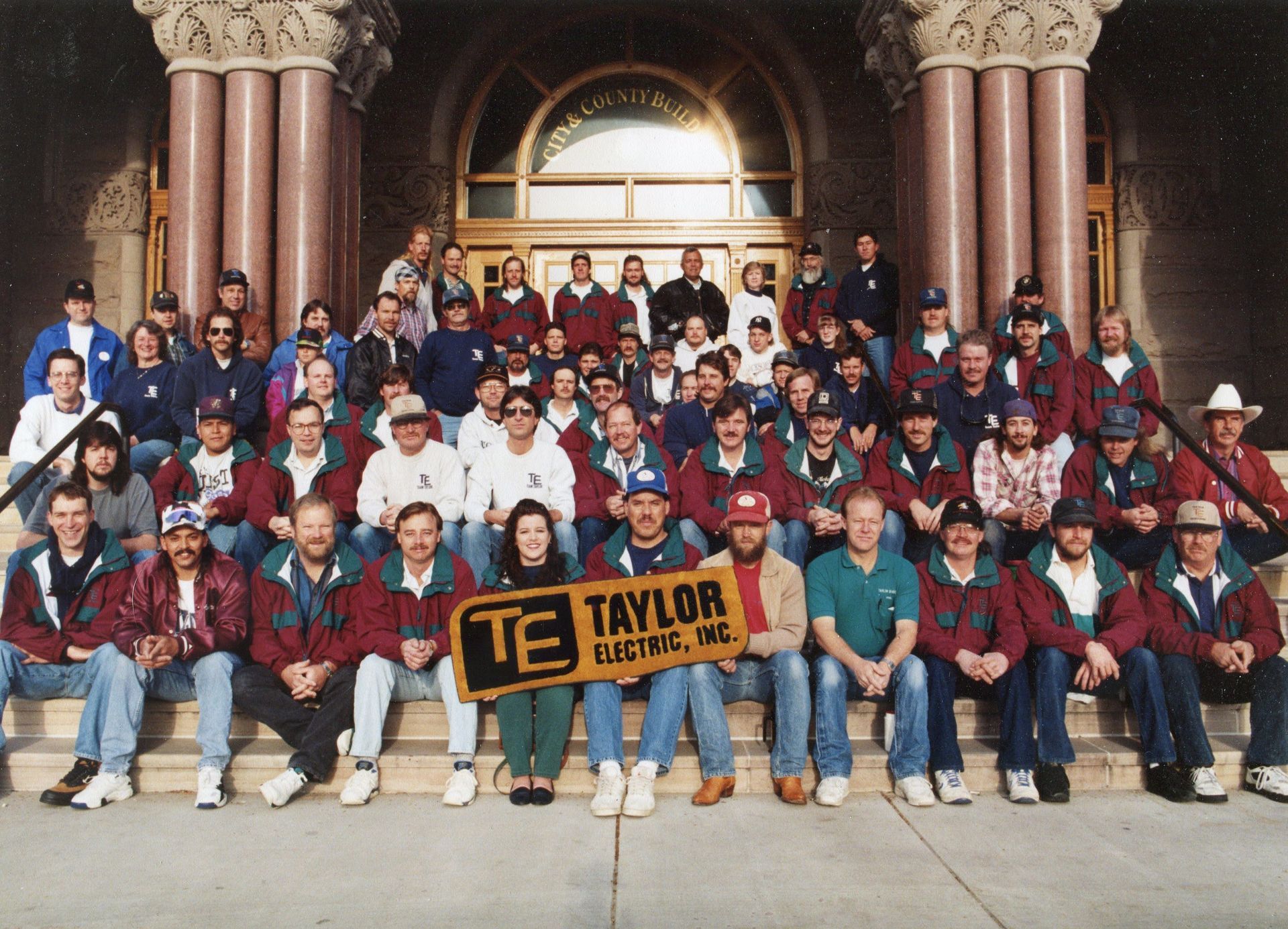Engineering firm Jones & DeMille sets course for rapid expansion after 40 years of championing rural talent. By Emma Penrod
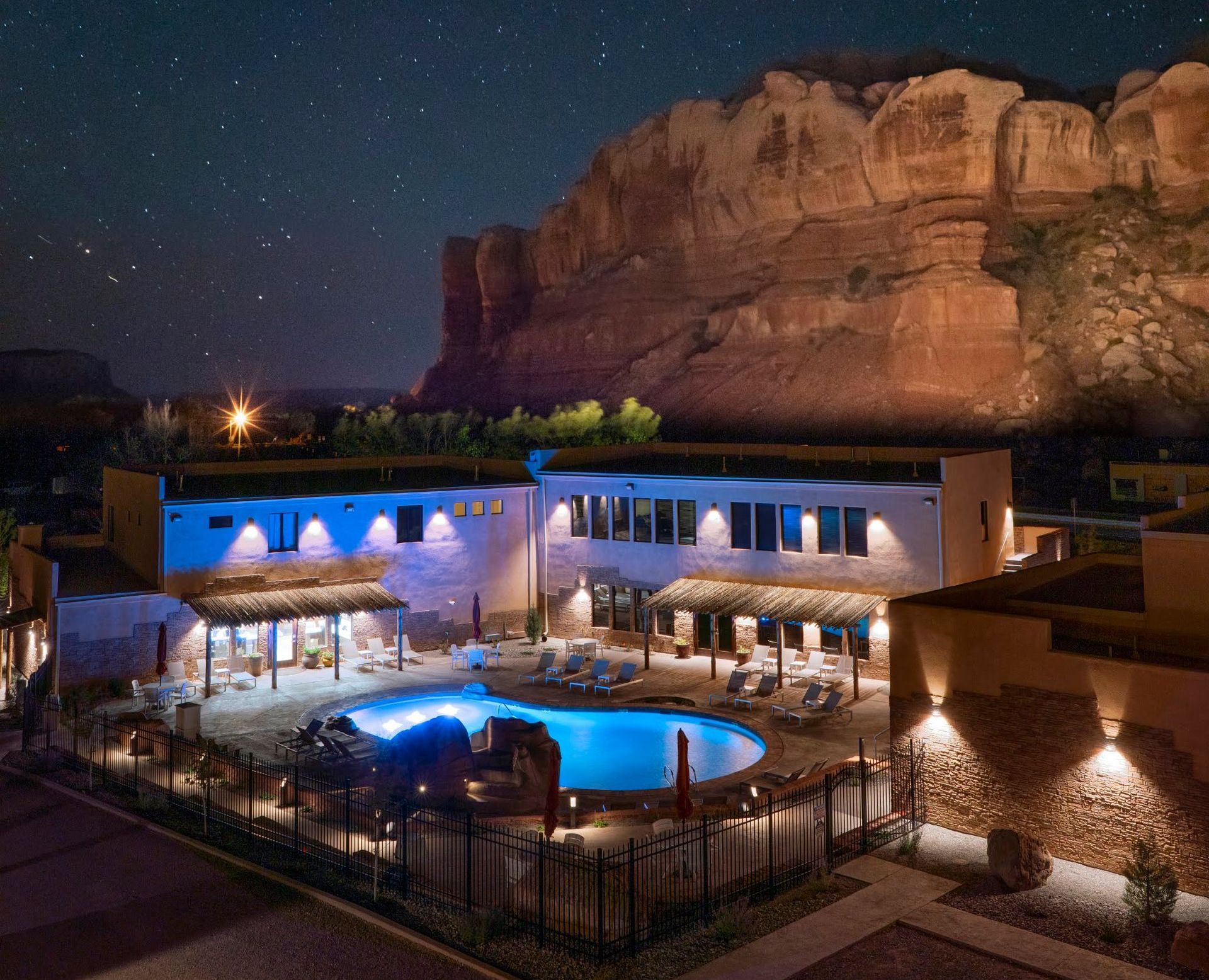
Bluff Dwellings Resort and Spa
Rural Recruiting
Jones & DeMille founders Timothy Jones and Tristan DeMille were not necessarily your typical engineers, current Chief Technical Officer Darin Robinson recalled. They weren’t particularly rigid in their approach to the business, he said, and they placed a lot of value on family, community, and connection.
“There’s not often a lot of opportunity for kids to come home to rural areas and raise their family,” Robinson said. Jones & DeMille sought to change that—and not for exclusively altruistic reasons.
Rural Utah, Barton said, is awash in educated, talented workers seeking quality jobs. So Jones & DeMille sends scouts to Utah colleges each fall, and sometimes multiple times per year, to look for potential college interns, according to Ryan Johnson, Human Resources Coordinator for the firm. But they aren’t looking for just any engineering student, Johnson said. They are specifically tasked with finding students from rural communities looking for a way back to their hometowns.
“It allows our guys to have really great jobs but still live in the smaller communities that they want to raise their families in,” Johnson said. “Having a firm like this and a growing company that compensates their people well, in smaller communities, is a little bit rare and pretty exciting.”
This win-win approach, Johnson said, means Jones & DeMille has managed to avoid many hiring difficulties other firms have encountered, while growing its headcount 10%–15% per year. “Honestly, it’s one of our top recruiting tools, is that guys want to live in these smaller areas with great jobs.”
These connections have also led to new business opportunities. Barton, who grew up in Ferron, Utah (a small town of 1,600 residents east of the Manti-La Sal National Forest), came to Jones & DeMille in 2001 after completing his master’s in civil engineering. He used his network to bring in more work on the eastern side of the state. By 2008 the new line of work had become so large that Jones & DeMille took a leap of faith and opened a second office in Price.
“It ended up being a lot of driving for a lot of people to do the projects over there, so we decided it would be more efficient to establish an office that we could base from,” Barton said.
The model proved so successful that Jones & DeMille continued to replicate it—hiring new talent from remote locations and inserting itself into the local market, ultimately opening offices in Utah cities like Manti, Roosevelt, Vernal, Springville, Monticello, St. George, and Tooele. The firm has even expanded into Wyoming with a new office in Evanston—the fruit of another key hire brought in to work on a project the firm had at the time in the Bear Lake area—and accepted a contract with the U.S. Department of Agriculture that has the company working on projects dispersed across 13 western states.
A Hometown Firm Makes Good
Despite the company’s rural focus, it never saw itself as less important or capable than larger engineering firms. “We can do anything that a worldwide company can do,” Robinson said. “We just have to always be willing to be nimble, to adjust, to be open to change, and keep hiring the right people to stay on the leading edge.”
Robinson said that this attitude manifested itself more than 15 years ago with the oil discovery in Richfield, the largest city in Sevier County with a population just under 8,000. The initial work—road design and water access—fell well within the company’s established wheelhouse. But over time as additional needs arose, Jones & DeMille readily accepted work in new disciplines, such as seismic surveys.
“We feel like there’s no job that we’re not able to tackle,” Robinson said.
To take on some jobs that might otherwise be considered above their weight class, Jones & DeMille focuses on building partnerships with other engineering firms. And those relationships can be a two-way street, opening doors to opportunities that might not otherwise be available to a small Utah firm, such as the company’s recent foray into infrastructure projects in North Carolina.
“We’re a small company, but we like to spread our wings a bit, learn new things, and find new opportunities for our people,” Robinson said.
The company has appointed “practice group leaders” within each of its disciplines by identifying focused individuals who are deeply passionate about their work and tasking them with ensuring the company remains on the cutting edge within their chosen field.
“They’re young guys who may not have a lot of experience in the marketplace, but they’re more apt once empowered to ask questions like why are we doing it this way,” Robinson said.
This emphasis on innovation has led the company to adopt technologies like 3D modeling, drones, and even virtual reality to expand their capabilities.
Along the way, Jones & DeMille began to build some software of its own. The company’s interest in rewarding employees for their work through profit sharing meant they needed some internal tools to distribute the proceeds from highly successful projects according to the performance of individual team members. What started as a series of spreadsheets grew increasingly complicated and eventually prompted the firm to hire its own software developer. One thing led to another and eventually to the realization that other firms—contractors, attorneys and others—might want to buy their software.
In keeping with the company tradition of letting new talent steer the firm where it may, Jones & DeMille soon had a second piece of software on offer as well. This product, Barton said, provides local governments a series of tools to help manage their codes, master plans, and other public documents.
With the company now going what seemed like two different directions—one part engineering firm, one part tech startup—Jones & DeMille leaders organized a holding company to manage potential spinoffs. Then, they started making acquisitions. Their most recent acquisitions, Barton said, include St. George-based Campbell Architecture and a municipal planning firm Rural Community Consultants based in Springville.
“We always want to maintain a small company feel, but we want to continue to give our people opportunities to grow and have amazing careers they can dictate themselves based on their performance and the innovations they develop,” Barton said.
That potential to grow the company and improve the lives of rural people—the lives of both their customers and their employees—is what currently motivates Jones & DeMille leaders. “If we can find complementary services or related services that fit within our core values, we’re going to look at those opportunities and chase them,” Barton said.
But even as the company grows and perhaps even launches a startup or two, it’s still looking to maintain a rural, personal touch, Hawley said. But rural, as they see it, isn’t restricted to a single location—it’s more a mindset, or a way of life.
“It’s more about serving communities that want that rural touch,” Hawley said. “Maybe they aren’t as small as let’s say Richfield or Roosevelt, but that rural, real person feel—I think communities all across the Western U.S. want that, whether they’re larger cities or smaller towns. So we’re going to continue to grow and provide new services the way that we do with our unique approach.”
